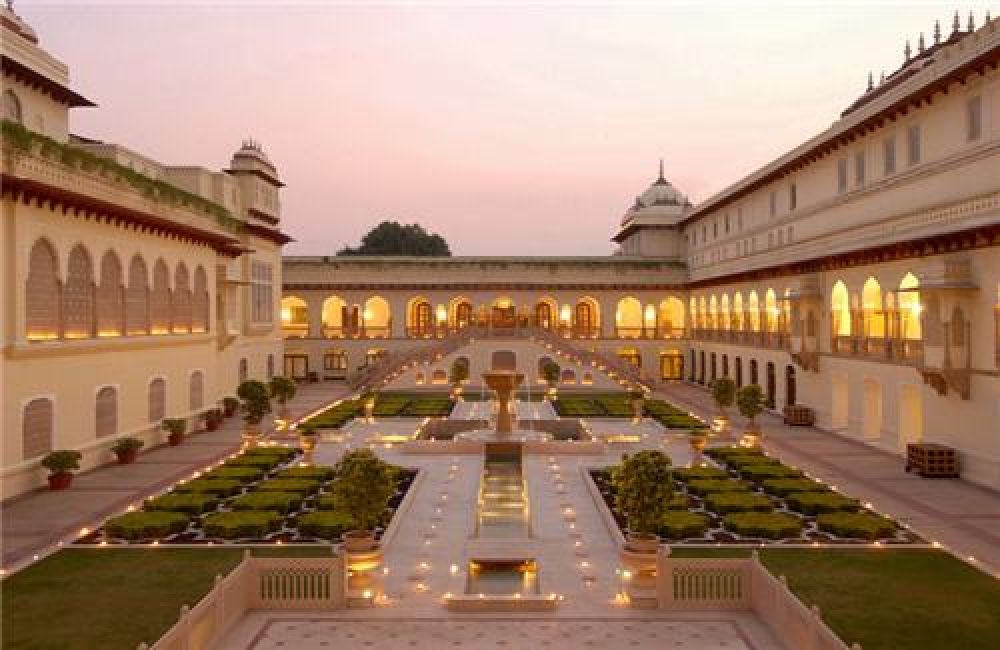

Known for its historical significance and picturesque landscapes, Ram Bagh is one of the oldest Mughal gardens in India. Established by Emperor Babur in the year 1528, the garden predates even the majestic Taj Mahal and offers insights into the horticultural excellence of the Mughal era. Babur originally named it Aram Bagh, which means 'Garden of Rest' and it is said that he was temporarily buried here before his remains were taken to Kabul in Afghanistan.
Designed in the Persian Timurid style, the Ram Bagh comprises numerous fountains, water channels, and pavilions, laying out an enticing invitation for visitors to explore the classical symmetry and the detailed work developed five centuries ago. The Mughal emperors believed in the concept of 'paradise on earth' and envisioned their gardens as an earthly utopia which Ram Bagh aptly embodies.
As an integral part of Agra's historical tourism landscape, Ram Bagh has attracted tourists internationally for many decades. Interest spiked especially after the Taj Mahal gained prominence as a wonder of the world. Visitors to the Taj Mahal often included a trip to the ancient Ram Bagh to complete their cultural exploration of Mughal heritage.
Over the years, conservation efforts have aimed at restoring the garden's former grandeur, with the Archaeological Survey of India taking measures to maintain the site's pristine nature. This has allowed the garden not only to preserve its historic essence but also to stay relevant as a popular tourist attraction.
In recent years, the Ram Bagh has witnessed an increase in not just traditional tourism but also in thematic photography, especially among couples seeking a historic backdrop for their pre-wedding shoots. The rise of social media has led to greater awareness and interest in picturesque destinations such as Ram Bagh.
There is also a growing trend in promoting eco-friendly and sustainable tourism in the Agra region. Efforts are being made to provide experiences that are not only enriching but also responsible. These include guided tours that educate visitors on the importance of preservation and the impact of the Mughal Empire on landscaping and architectural styles in India.
Heritage walks are becoming increasingly popular, offering a stroll through the history of Ram Bagh alongside the broader narrative of Agra's cultural legacy. These curated walks aim to provide visitors with a detailed understanding of the garden's role in Mughal society as well as its influence on subsequent garden projects across the subcontinent.
For tourists planning to visit Ram Bagh, the garden provides a tranquil escape from the hustle and bustle of Agra. It's open to visitors all year round and is especially beautiful during the spring when the flowers are in full bloom. The best time to visit is during the early morning or late afternoon when the light is optimal for photography, and the temperatures are cooler.
Visitors are advised to respect the historic nature of the garden and follow all guidelines put forth by local authorities to ensure the preservation of this heritage site for future generations.